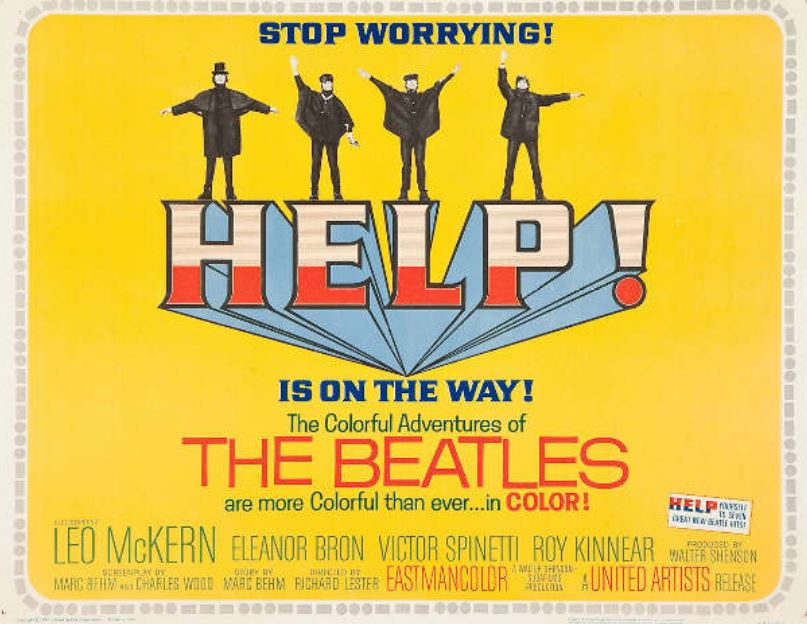
You think IoT has Nothing to do with Software Support? Think Again!
You cannot escape the onslaught of breathless headlines about the rapid proliferation of the Internet of Things (IoT). You hear and read ad nauseam about a brave new connected world that is threatening to change all businesses as we know them.
These stories are usually accompanied by images of complex industrial equipment, giant oil rigs, and highly sophisticated jet engines.
If you are in software support you may dismiss these as not quite relevant to your business and daily activity. Some of you may even sigh in relief that you do not need to get to the bottom of the 4th Industrial Revolution and that your job is not threatened by these new technologies.
But if you do, you’d be wrong!
Product Support is Changing
Many of the benefits of remote connectivity are not new to software support professionals. In fact, help desks have been using the Internet to connect and remotely configure, patch, and update software applications many years before the term IoT came into vogue.
So, what has changed?
Many commercial and consumer products are software controlled. The traditional lines of demarcation between “hardware” and “software” are disappearing quickly, and the intricate interfaces between those disciplines are becoming challenge for support professionals. Think, for example, about the ever-increasing complexity of connecting a smartphone and using the infotainment system in modern vehicles.
Product companies and service organizations that were used to dealing with electrical and mechanical systems now face support issues that are software-induced. And, as software-driven functionality is on the rise, software support professionals will be called in for their skill in remotely troubleshooting and supporting software applications.
But more is lurking behind the rapid growth in connected devices and, more importantly, connected consumers.
Research shows that customers tend to avoid and bypass the company’s 1-800 formal support whenever they can. Frequently, the first resort for a user, even of a commercial product, facing a technical difficulty is social media: advice from online forums, YouTube “how to” videos, and software patches from people they have never met before. And, in today’s no-holds-barred Internet discourse, these exchanges are often accompanied by strong opinions expressed in colorful language about product performance, the quality of technical support, and everything else about the brand the participants find are worth commenting on.
We should realize that the Internet of Things is not only about physical “things.” In the IoT world, people, too, are “things”: they act as sensors, providing continuous, unabated feedback about your products, your support operation, and your brand.
Connected users and social media interactions provide early warning and ongoing feedback not only about software bugs, but they also reveal general attitudes towards product features and usability much sooner than may be visible through periodic analysis of support tickets, especially considering that users prefer not to interact with tech support to begin with.
Embracing IoT For Software Support
Software support organizations need to incorporate IoT and connected users as a key component of their operational strategy.
Think of IoT as a networked ecosystem that includes physical “things”, users, third-party helpers, and support professionals. Assume that many service requests will be resolved by ecosystem participants and may never be visible to the tech support organization. Before you object to letting strangers give advice about your product, think about the improvement in customer satisfaction while reducing call load. When was the last you were able to do that without investing a dime or increasing headcount?
Connected service is about the value derived from the ongoing dialog among all ecosystems participants, both formal and spontaneous volunteers. Use it as a discovery tool to detect software defects, identify and resolve customer dissatisfaction events, and get candid opinions and ideas for product enhancements.
At the end of the day, customer satisfaction and decisions about service agreement renewal and future purchases are often more emotional than a direct result of service-level agreement adherence. Participating in an open and vibrant software support ecosystem can have an important influence on in getting satisfied customers to stay.
Image:Help! Movie Poster (The Beatles, 1965)
This article was originally published in the Association of Support Professionals monthly newsletter.
